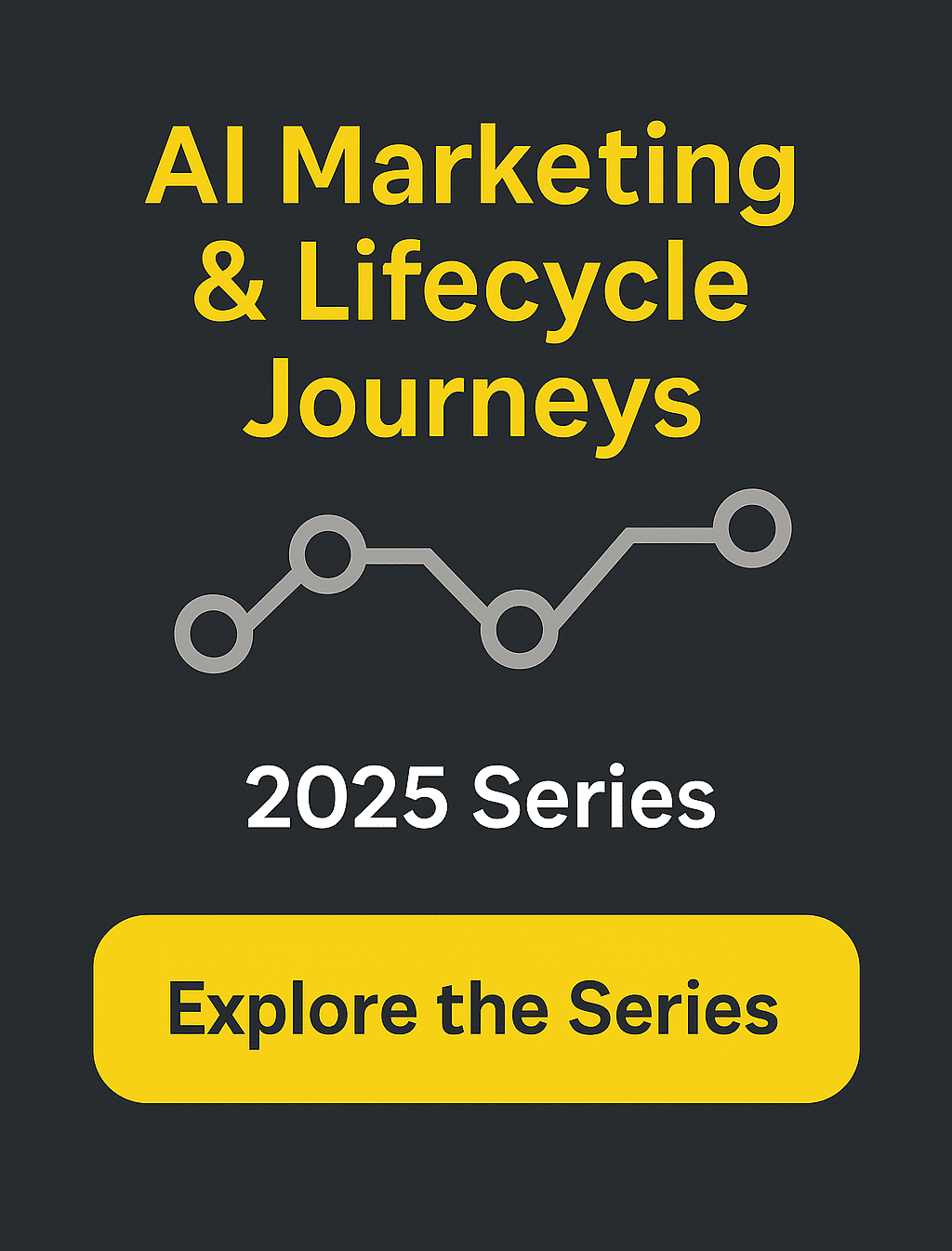Perhaps this is you right now: You’ve built an incredible EdTech solution. But getting it in front of the right people feels like shouting into the void. It’s frustrating, right?
[ez-toc]
You know that email marketing is the megaphone you need. What you may not realize is that using it the wrong way isn’t just ineffective. Bad email marketing is actively sabotaging your brand. Your brand’s reputation, email deliverability, and engagement rates all suffer.
A word of advice: if you’re considering a shortcut by purchasing an email list, just pump the brakes.
Be a Good Guest
Would you cold-call a random stranger and expect an instant friendship? Probably not. Buying email lists might seem like a fast track to growth, but it’s not. In reality, it leads to endless headaches, credibility damage, and wasted resources. Buying email lists is not the fast track to growth you wish it were. In actual practice, it leads to endless headaches, credibility damage, and wasted resources.
Email marketing is one of the most powerful sales and marketing tools for all businesses, including EdTech companies. When used correctly, you can connect with educators, administrators, and decision-makers. But here’s the catch: it only works when it’s built on trust and meaningful interactions. It does not work when you’re blindly “blasting” inboxes with unsolicited messages.
I mean, you’re not likely to walk into a crowded room and start handing out flyers to random strangers, hoping they’ll care about your product. The same principle applies to email marketing in the digital learning space. If you want real engagement, you need real connections.
Let’s dive into why buying email lists, or using someone else’s data, is a disaster waiting to happen. Ethical, sustainable strategies can drive far better results.
What Are Purchased Email Lists?
Purchased email lists are collections of email addresses sold by third-party vendors. They promise access to “targeted” audiences. They claim these lists will fast-track your marketing success. But here’s the catch, those email recipients didn’t sign up to hear from you.
What happened the last time you crashed an intimate dinner party where you didn’t know anyone, not even the host? Not that you would ever do that, I’m sure. But if you use your imagination, I expect you would get awkward silences, disapproving glances, and a one-way ticket to the “Do Not Invite” list.
That’s exactly how recipients feel when they receive unsolicited emails. Instead of meaningful engagement, you’re met with immediate distrust, a spam complaint, or worse, a total block from future communication. Awkward, right?
Many companies in Online Learning turn to purchased lists hoping for instant results. Then they realize they’re sending messages to people who have no idea who they are, and worse, don’t care. Instead of building trust, at best, you become just another name in a spam folder. At worst, you’ve permanently cemented your brand’s reputation in the mental blocklist of recipients. You’re now right alongside robocallers, aggressive sales emails, and that one company still sending you “Last Chance!” deals from 2017.
Why It’s Tempting But Risky
The Appeal
-
Speed: A purchased list provides immediate access to thousands of email addresses.
-
Convenience: Saves time compared to organically building an email list.
-
Perceived ROI: Some marketers mistakenly believe that the broader the reach, the better the results.
The Reality
-
Low Engagement: Recipients on purchased lists are unfamiliar with your brand. This leads to poor open and click-through rates. No one wants to open an email from an unknown sender, especially when they haven’t opted in. Since engagement plays a crucial role in email deliverability, low interaction signals to email providers that your content isn’t relevant. Content marked as irrelevant reduces inbox placement. That is, you’re now headed to the Spam folder for all future campaigns.
-
Reputation Damage: Sending unsolicited emails can hurt your sender reputation and make your brand seem untrustworthy. Internet Service Providers (ISPs) and Email Clients like Gmail and Outlook watch sender behaviors. If they see low engagement, spam complaints, or high bounce rates, they might flag your domain as a spammer. Once your sender reputation is damaged, it takes months to recover. This includes improving email hygiene, asking to be removed from blocklists, and showing a commitment to better practices.
-
Legal Risks: Non-compliance with data privacy laws can result in substantial fines. Regulations such as CAN-SPAM, GDPR, CCPA, and CASL require explicit consent before sending marketing emails. Failing to comply can lead to fines reaching millions of dollars. Additionally, legal trouble isn’t just about fines. Class action lawsuits and regulatory scrutiny can permanently tarnish your company’s credibility.
Legal Compliance
Using purchased lists isn’t just bad marketing. It can land you in serious legal trouble. Here’s why:
-
CAN-SPAM Act (USA): Requires marketers to provide an opt-out option and prohibits the use of harvested email addresses. Fines can reach $53,088 per violation.
-
General Data Protection Regulation – GDPR (EU): You need clear consent before sending marketing emails. Non-compliance can lead to fines of up to €20 million or 4% of annual revenue.
-
Canada’s Anti-Spam Legislation – CASL (Canada): CASL is one of the world’s strictest anti-spam laws. It requires clear consent before sending commercial emails. Penalties go up to $10 million per violation.
But wait, there’s more! As of February 2025 (when this article is being written), 20 U.S. states have passed their own data privacy laws. These include California (CCPA), Virginia (VCDPA), Colorado (CPA), Texas, and Florida, among others. Each state has unique rules, making compliance a logistical nightmare if you’re using a purchased list.
Practical Risks of Using Purchased Lists
1. Low Engagement Rates
Sending emails to people who never signed up for your content is like yelling into a void. Here’s what happens:
-
Poor Open Rates: Recipients ignore or delete your emails because they don’t recognize your brand.
-
High Bounce Rates: Many addresses on purchased lists are outdated or inactive, further harming your campaigns.
-
Minimal Conversions: Since these contacts never opted in, they are far less likely to engage, let alone convert.
Low engagement rates don’t just hurt your metrics. They make all your future email campaigns less effective. Email clients like Gmail and Outlook use these signals to decide whether to send your emails to the inbox or the spam folder.
2. Damage to Your Sender Reputation
Imagine you throw a party and send out invitations. But instead of inviting friends, you randomly pull names from a phone book (or, if you’re not from the mid-20th century, from random internet pages). The result? Confused guests who have no idea who you are, awkward small talk, and a party that fizzles out before it even starts. Worse, word spreads, and the next time you host an event, nobody shows up.
That’s exactly what happens when you email people who never opted in. Instead of awkward silence, you face spam complaints, email blocklists, and a damaged sender reputation. The outcome? Confusion, frustration, and people actively avoiding your brand. This ensures your future emails are unwelcomed. They get ignored, unsubscribed, or flagged as spam before they’re even opened.
Email service providers (ESPs) like MailerLite and HubSpot monitor sender reputations. Poor engagement signals (spam complaints, high bounce rates) can lead to:
-
Blocklisting: Your domain or IP address may be blocked, preventing future emails from reaching inboxes.
-
Account Suspension: Many ESPs prohibit the use of purchased lists and will shut down accounts that violate their policies.
Regaining a clean sender reputation after being blocklisted is a long, uphill battle that can take weeks or even months to fix. First, find the root cause. It could be high spam complaints, low engagement, or using a purchased list. Then, take quick action to fix it. Next, you’ll have to reach out to blocklist operators individually, plead your case, and prove that you’ve addressed the issue.
The damage doesn’t end there. First, you’d need to clean your email list by removing disengaged contacts. Next, you would have to slowly rebuild trust with email providers. This means gradually increase your sending volume while improving engagement rates. Your marketing efforts will suffer. Emails may not reach inboxes, leading to delayed campaigns and lost conversions. Even with a strong recovery plan, fixing your sender reputation takes time. It’s a long process that’s easier to avoid than to repair.
The Smart Way to Grow Your Email List
Don’t bother with shortcuts. Build an engaged audience. Use ethical and sustainable list-building practices instead of taking shortcuts.
-
Create Valuable Lead Magnets: Offer high-quality eBooks, whitepapers, or webinars to encourage sign-ups.
-
Leverage Social Media: Use LinkedIn, Twitter, and Facebook to promote your lead magnets and build awareness.
-
Optimize Website Subscription Forms: Place sign-up forms strategically (homepage, blog posts, resource pages).
-
Partner with Industry Influencers: Collaborate with EdTech leaders to co-host webinars and share content.
-
Host Free Webinars: Share helpful insights to gather email addresses. Your audience gains value, and you collect qualified leads.
The Importance of Trust in Email Marketing
Email marketing isn’t just about sending to many inboxes. It’s about creating connections. When recipients trust your brand, they are far more likely to engage. They explore your offerings, and ultimately convert into customers.
In EdTech, lead nurturing is critical. Decision-makers don’t impulse-buy software or courses for hundreds or thousands. They need multiple touchpoints before making a commitment. Ethical email marketing helps you send relevant, personalized content at the right times. This way, you protect your reputation.
Conclusion
Purchasing an email list might seem like a shortcut, but it’s actually a dead end. Building an organic list helps you reach an audience that truly wants to hear from you. This leads to higher engagement, stronger relationships, and better conversion rates. Building an ethical list takes more time. However, the long-term benefits are much greater than the quick but risky downsides of buying lists. Between legal risks, low engagement, and damage to your reputation, the costs far outweigh the benefits. Invest in ethical, long-term strategies. These build real relationships and promote sustainable growth.
Want to build an engaged, high-quality email list the right way? Check out our guide: 10 Proven Strategies to Build a High-Quality Email List for EdTech for actionable tips!




